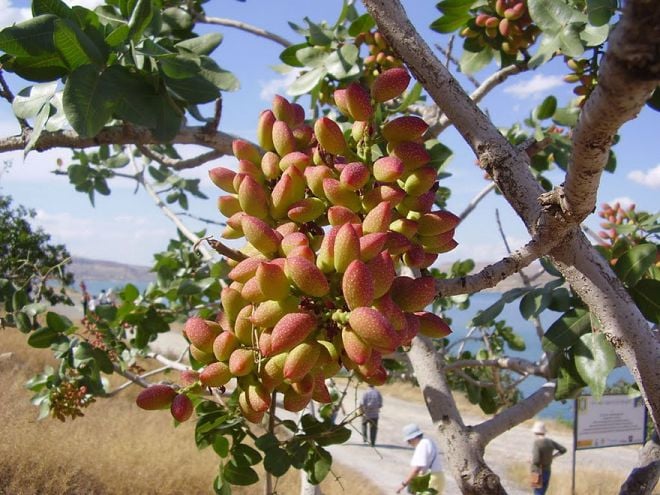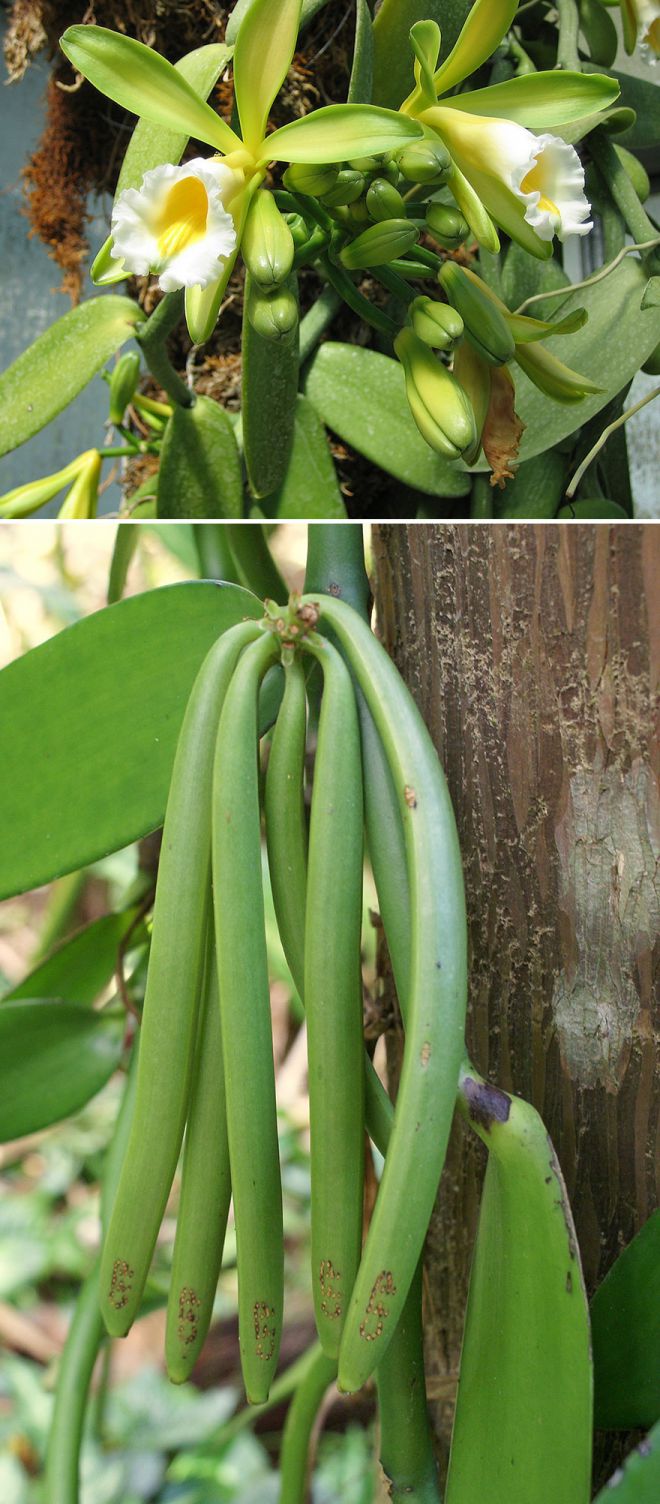You eat these every day. They’re spices that make your food taste better, vegetables that are staples of your favorite salads, and nuts that make up your travel mixes. But do you know how they grow, how they’re collected, and how they are processed before you buy them at the store? Read on to find out.
1. Sesame Seeds
Sesame seeds usually ripen in mid June but are collected in September. It’s at this time that the leaves of sesame plants turn yellow and begin to fall. The seeds ripen in little pouches that “pop” when you touch them.

2. Peanuts
The largest supplier of peanuts are all in South America, but they are also grown in many Post-Soviet countries. They ripen underground, and around the month of May the plant begins to emerge. Collecting peanuts is very similar to collecting potatoes. You dig out the roots and collect peanuts in their natural shells, which are then dried, and their contents are fried and peeled before being sold and served at your local pub.

3. Cranberry
Cranberries are usually grown in dry, sandy ground in the form of vines. Essentially, it’s very similar to the way grapes are grown, except the cranberry vine is much more accustomed to colder climates. By late September, the first cranberries are ready to be collected. They grow next to the stem of the vine, covered by leaves. Each vine can hold several hundred ruby-colored berries.

4. Cashews
The largest exporter of cashews is Brazil, however a lot of it also grows in Indonesia, eastern and southern Africa, India, Iran, etc. What you might not know is that cashews grow on evergreen trees (which means the leaves are never yellow, unless the plant is dying). The trees grow to be around 13 meters tall and up to 30 meters in the tropical belt. It does not require a lot of attention from farmers, but has a particular weakness to cold weather. The ripened fruit is very similar to an apple, which is collected and peeled to reveal the nuts. Peelers must be careful, as the juices from the fruit can cause small burn-like reactions on the skin.

5. Pistachios
This tree can be planted in the form of propagules and can grow in rocky ground that’s not rich in nutrients. It can survive temperatures of -25 °C and droughts, making it extremely simple to maintain. Trees grow up to 10m tall. The fruits begin to appear between July and September, and are usually ready to gather when they begin to fall to the ground, which can take anywhere from a few weeks to a few months (depending on the weather). One tree can produce up to 24kg of pistachio nuts every season.

6. Pineapples
“Hey, let’s take this plant that looks nothing like an apple and barely like a pine and call it pineapple!” ©Some random English-speaking dude a very long time ago. Probably.
Thailand is the world’s leader in exporting pineapples, but they also grow in Paraguay, Brazil, and Southeast Asia. The plant on which it grows can survive droughts, however a lack of water will affect the taste of the fruits. It may surprise you that it doesn’t grow on a palm tree, but instead on little plants that look more like cabbage than anything else. It takes between three and sixth months for the fruit to appear, and another month for it to ripen.

7. Cocoa Beans
The chocolate tree grows in tropical regions and the beans are collected by oompa loompas to make chocolate.
No, but actually the tree does grow up in tropical regions. It grows up to around 15 meters and begins to bloom after 5 years. Trees produce fruit (and hence, beans) for anywhere between 30 and 80 years, however the peak of production is usually around the time when the tree is 12 years old. Fruits are gathered twice a year – once at the end of monsoon and rain season and once right before it begins.

8. Brussel Sprouts
Do you know what it takes to grow up and be hated by millions of children, young adults, and regular adults all over the world? It takes being a Brussel sprout, being planted in a very nutrient-rich soil, ripening all spring, being collected in September, and served in dishes to absolutely ruin the experience of eating. Can you tell I dislike Brussel sprouts?

9. Vanilla
The largest exporter of vanilla is Madagascar. Sweet, sweet vanilla is usually planted amongst other, taller trees, which provide shade and “moisture chambers” with their leaves. Vanilla grows on lianas and likes hot, humid conditions. It takes between 10 and 20 years to grow, and cross pollination is done manually, by people. Vanilla pods are usually around 22cm long, and after they are collected they are doused with boiling water and dried under the sun. Then they are sorted, bundled, and shipped for storage. With this amount of manual labor required, you can understand why natural vanilla is so expensive.

10. Almonds
Almond trees grow up to be between 4 and 6 meters tall, and need calcium-rich soil and lots of sunlight. One tree can live up to 130 (!!!) years, and fruit-bearing starts after the tree is four years old and lasts for about 50-60 years on average. Fruits are usually collected in September, when the outer layer begins to crack. Three weeks later the fruit dries out and falls off of the edible nut.

